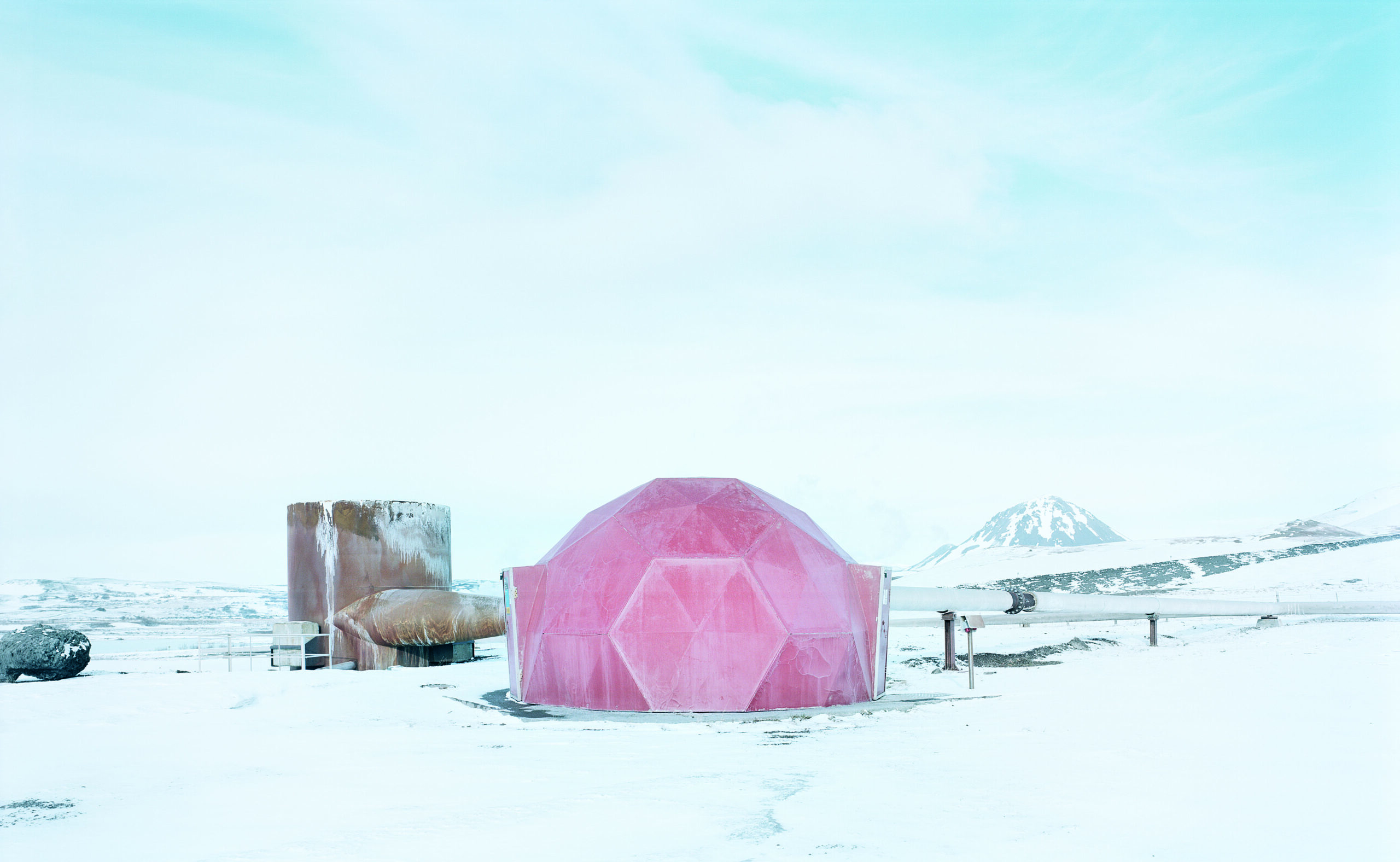“Compared to conflict zones in which I have worked for other projects, human arbitrariness, mines, weapons, etc. played less of a role here,” photographer Gregor Sailer tells the Phoblographer. “Even most of the places I visited have been restricted areas; I was relatively safe.” Gregor documented a fascinating new area called the Polar Silk Road. As global warming persists, new trade routes with access to oil and gas extraction have opened up. It’s become a conflict zone, too. Gregor’s documentary photography of the region is part of an exhibit at the Natural History Museum in London, opening in late May 2023. The work is compositionally and topically fascinating.
The Dangers of this Project
For Gregor, the main challenges and risks are the quickly changing weather conditions. “I was working at temperatures of -55° C (-67° F) during heavy storms, white-out conditions, and the polar night,” Gregor tells us. “There’s always some danger from wild animals like polar bears.” He continued to say that he needed the necessary permissions to do this project and to be invisible.
The Essential Gear Gregor Sailer Needed
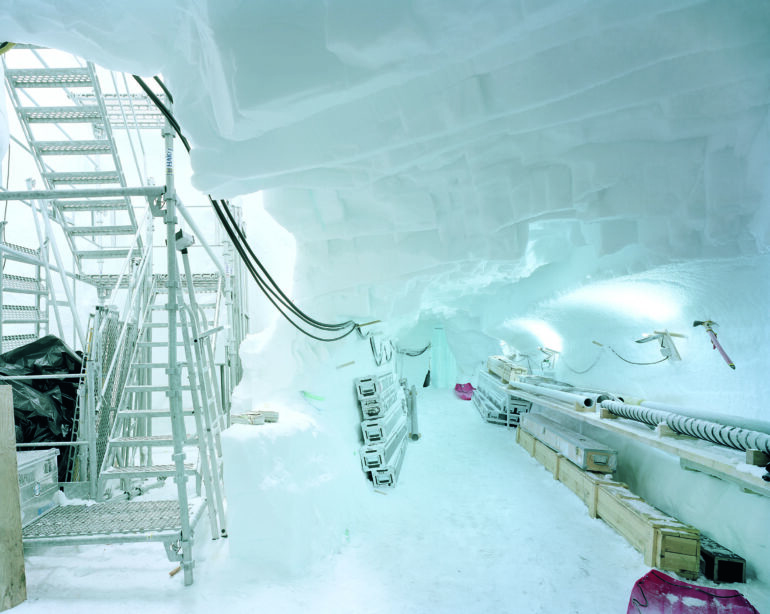
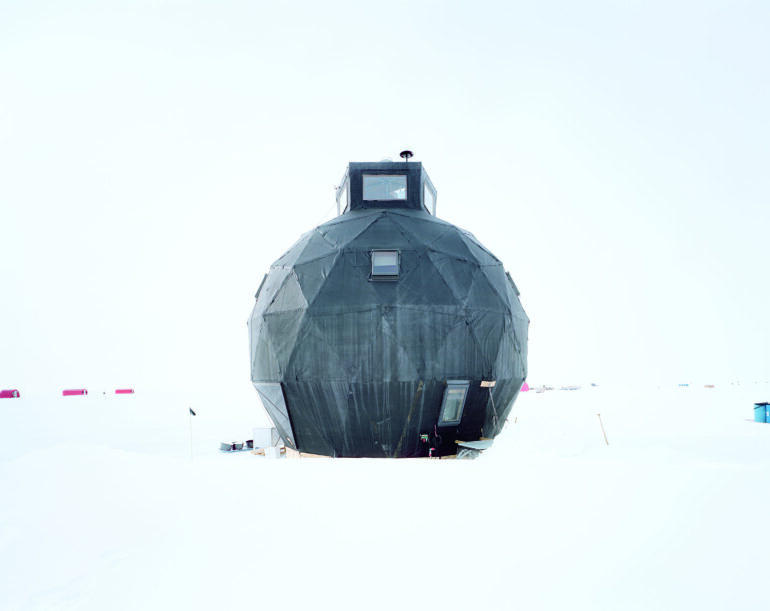
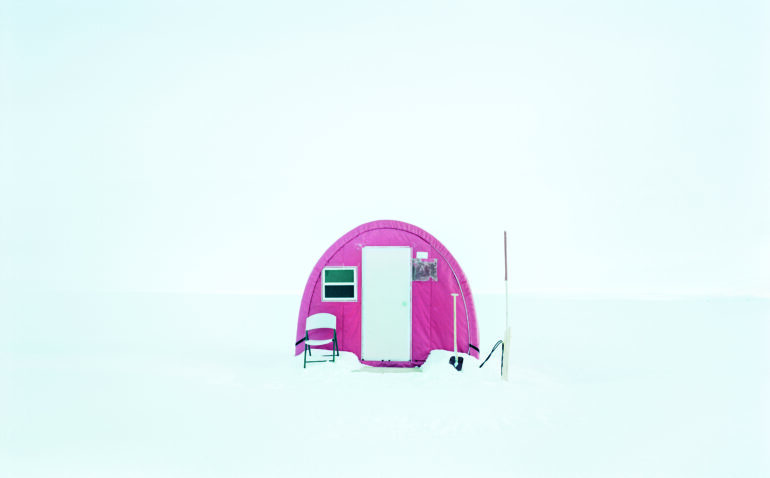
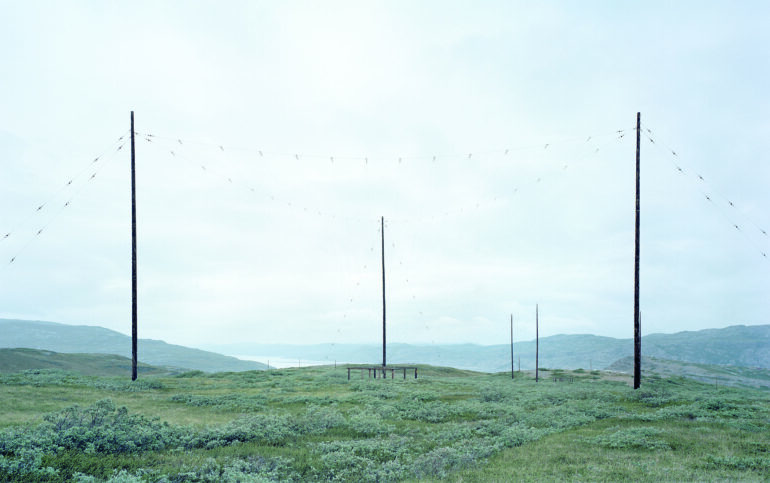
One of Gregor’s concerns during the creation of the Polar Silk Road came from the fact that he shot it on film. “… there’s always a certain risk that something happens to the film material,” he tells us. “My personal approach is to take one picture per motif. If something happens, I lose the picture.” Gregor needed to be really careful the entire time.
Gregor used an analog mechanical view camera to create the images in The Polar Silk Road. And he lists several advantages to this. It didn’t need any batteries as they’d be fully drained within a few minutes. This also meant that he could slow down and take his time composing the photos. The camera still freezes, though, so he had to take time to wipe it and the lenses down, which he says is exhausting.
A major problem is that film starts to break at temperatures of about -50 C°. You have to be very careful. Another advantage is the high weight of the camera (about 30 kg). The camera fixes itself. So, I am able to create sharp pictures even during storm conditions, polar night and therefore long exposure times.
Gregor Sailer
Gregor needed special protective clothing to keep shooting in such cold conditions. Otherwise, the lungs and other extremities can freeze quickly and easily. As it is, Gregor says that it’s an enormous challenge to work in such conditions, both mentally and physically. Because of this, he’s constantly working on training and fitness to face those conditions.
Composing Scenes in the Arctic
Have you ever tried using your smartphone in the extreme cold? Let’s be honest; to most of us, the extreme cold might be around 8 °F. But Gregor is facing a far worse temperature. So how exactly does one compose scenes up there? “I prepare the projects as exact as possible. Otherwise, it would be impossible to create convincing photographs within very often short time-frames,” Gregor tells us. He continues to say that he can’t afford to just go up there and find exciting motifs.
So, I know approximately what I can expect in terms of the objects. For me an object must be strong from the visual point of view but above all in terms of the content. For me architecture is not only constructed landscape but a carrier of contents. So, usually the narrative level brings me to the locations which are strong enough to translate it.
Gregor Sailer
Still, things change pretty often up in the Arctic. So Gregor says that he needs to be flexible. He’ll usually predict that one thing will happen, but something changes, and he needs to react quickly. And often, he’s trying to be very minimal when making photographs. “The aim is to create calm and neutral photographs even if the shooting situations are often the opposite,” says Gregor. “It’s true, working in this white space is challenging, but I am fascinated by this vast, wild, and sensitive landscape.”
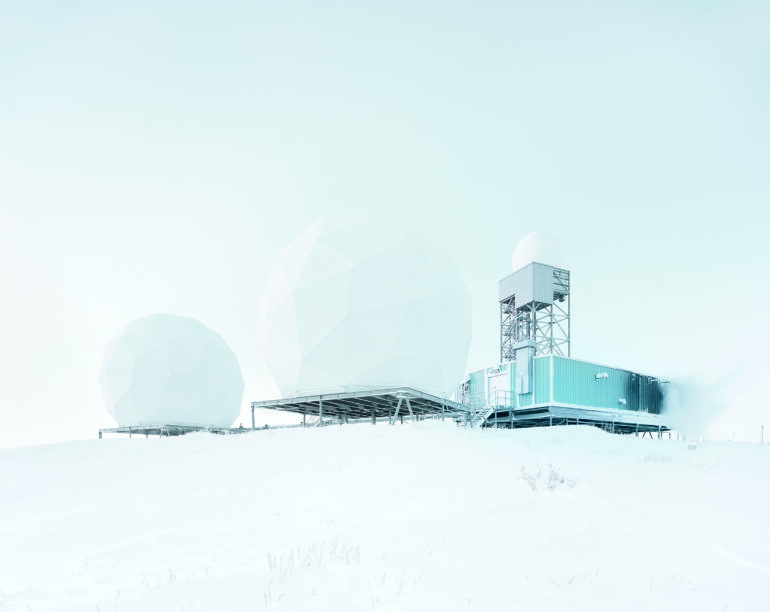
All images used with permission by Gregor Sailer. See more at his website. Be sure to visit the Natural History Museum in London when this exhibit opens up in May.


